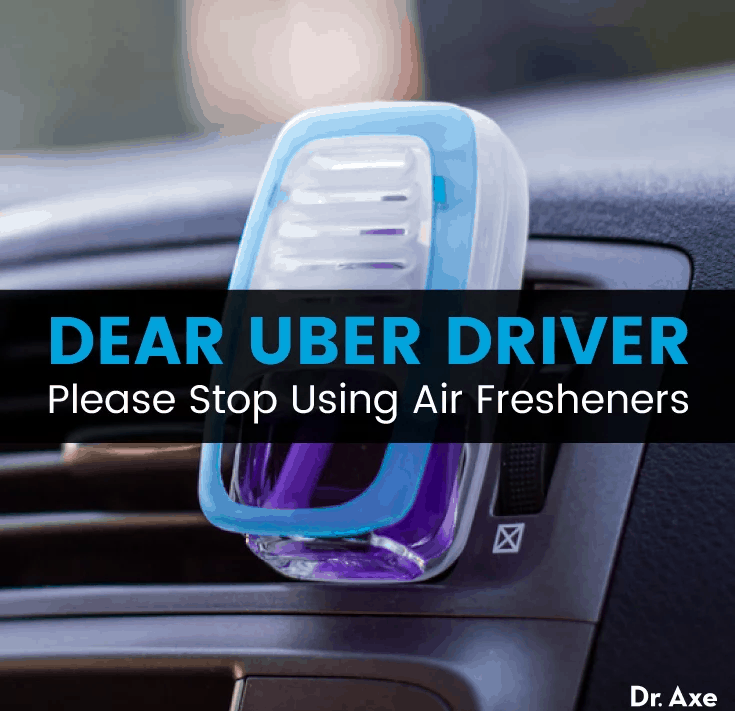This Dr. Axe content is medically reviewed or fact checked to ensure factually accurate information.
With strict editorial sourcing guidelines, we only link to academic research institutions, reputable media sites and, when research is available, medically peer-reviewed studies. Note that the numbers in parentheses (1, 2, etc.) are clickable links to these studies.
The information in our articles is NOT intended to replace a one-on-one relationship with a qualified health care professional and is not intended as medical advice.
This article is based on scientific evidence, written by experts and fact checked by our trained editorial staff. Note that the numbers in parentheses (1, 2, etc.) are clickable links to medically peer-reviewed studies.
Our team includes licensed nutritionists and dietitians, certified health education specialists, as well as certified strength and conditioning specialists, personal trainers and corrective exercise specialists. Our team aims to be not only thorough with its research, but also objective and unbiased.
The information in our articles is NOT intended to replace a one-on-one relationship with a qualified health care professional and is not intended as medical advice.
Dear Uber Driver, Please Stop Using Air Fresheners Immediately
November 6, 2017

Getting from point A to point B in a healthy way is getting easier and easier. Take the airport, for example. Water bottle filling stations keep millions of plastic water bottles out of our oceans and landfills, all the while protecting our bodies from bottled water risks. And have you noticed healthy snacks popping up in airports and even gas station pitstops? Things like organic fruit, nuts and grass-fed jerky are easier and easier to find. Bike sharing programs and bike lanes, organic fast food and even exercise bikes in airport terminals are now a thing. Traveling is getting healthier and I’m certainly grateful for these options.
But there’s still one major travel problem I consistently deal with time and time again … the dangers of synthetic scents. Have you ever stepped into a ride-share vehicle or taxi and just been absolutely floored by fragrance chemicals? Dizziness, headache, fatigue, asthma, nausea … it’s not just in your head — people experience very real (and often varied) symptoms after fragrance exposure. That’s because different scents contain chemical cocktails that can damage virtually every system of the body, including the immune system.
After talking to colleagues and other friends and family members, it became clear I wasn’t the only one up in arms about the chemical assault taking place in these vehicles. There’s actually a Change.org petition circulating, urging Uber to ban all air fresheners and fragrances from vehicles. (Here’s another one from an allergy sufferer.)
I understand Lyft, Uber and taxi drivers aren’t on a mission to harm riders. But despite mountains of research showing clear links between synthetic scents and health problems, car air fresheners are still readily available. Old-school ones you hang off of the rearview mirror, vent clips, gels and car-specific deodorizing sprays are legal and, unfortunately, many drivers still use them.
Why Taxis & Ride Share Vehicles Should Ban Standard Air Fresheners
Here are some fast facts on synthetic fragrances:
- About 95 percent of chemical fragrances are derived from petroleum, according to the National Academy of Sciences. (1)
- Drivers in cars loaded with synthetic scents may become desensitized and no longer even notice the strong odors. This is known as olfactory fatigue. (2) This could explain why you feel overpowered by the fumes when you get in the car and some drivers may seem oblivious.
- Fragrances contain an unidentified mixture of ingredients, including known carcinogens, endocrine disruptors, allergens, respiratory irritants, reproductive toxicants and neurotoxic chemicals. A single air freshener could contain thousands of different chemicals. (3)
- Not all symptoms linked to air fresheners are obvious. Some of the lesser-known side effects include infant diarrhea and earaches, dermatitis and ventricular fibrillation. (4)
Anne Steinemann, PhD, a world-renowned researcher who focuses on fragrances and human health, published a study in 2016 that suggests more than half of the population supports fragrance-free workplaces, hotels, airplanes and health care facilities. (5) I’d be willing to bet Uber, Lyft, taxi and limo vehicles would make this list, too!
Steinemann also found:
- Thirty-four percent of people suffer at least one negative side effect after being exposed to fragranced products.
- The most common symptoms include respiratory and mucosal issues, migraine headaches, skin problems, asthma attacks and neurological and focus problems.
- According to survey respondents, 20 percent of people say they leave a store ASAP if they detect fragranced products.
VOC City + Secondary Pollutants
Here are some specific air freshener threats, as outlined in literature and third-party testing:
- Volatile organic compounds, also known as VOCs, are among the most common chemicals detected in air freshener products. Steinemann’s team detected 133 different VOCs in popular fragranced products during recent testing.
- Each fragranced product, on average, contained 17 different VOCs.
- Tested products contained between one and eight toxic or hazardous chemicals.
- Forty-four percent of fragranced products tested contained anywhere from one to twenty-four different carcinogens, including 1-,4-dioxane and acetaldehyde.
- Fragrance labeling laws don’t require all ingredients to appear on the label. In fact, most labels are really vague.
- Ethanol and acetone are commonly used as carriers for fragrance chemicals. Along with VOCs and citrus and pine scents, they were the most common compounds detected in fragrance formulations.
- Limonene, a popular synthetic citrus scent, may interact with ozone in the air to create secondary pollutants like formaldehyde. (6)
Perhaps one of the most disturbing VOCs commonly detected in air fresheners is benzene, a carcinogenic compound better known as a toxic tailpipe exhaust pollutant. (7)
Benzene exposure symptoms include: (8)
- Drowsiness
- Dizziness
- Rapid or irregular heartbeat
- Headaches
- Tremors
- Confusion
- Unconsciousness
- Death (at very high levels)
Long-term exposure risks include:
- Harmful changes in bone marrow that could trigger anemia symptoms
- Increased infection risk
- Irregular periods
- Shrunken ovaries
- Leukemia
The Phthalate Factor
You won’t find phthalates on an air freshener label, but when it comes to chemical fragrances, it’s a common ingredient. (9) And in testing common scented products, car air fresheners were amongst the most phthalate-tainted products. These harmful plasticizing chemicals may impact the body in unexpected ways, including: (10)
- Low testosterone
- Asthma
- Wheezing
- Reproductive abnormalities
- Altered DNA in sperm (11)
Related: Fragrance Sensitivity: Allergy Symptoms, Triggers & Treatment
Safer Options for Uber & Other Ride Share Drivers
Instead, use air freshening tricks that are cheaper, safer and work to absorb and eliminate odor rather than cover it up. Things like white vinegar, baking soda and Castile soap are staples of effective, green cleaning.
Organic, therapeutic-grade pure essential oils are an option for essential oil car diffusers, if some sort of natural fragrance is preferred. Just be sure to choose an oil that is generally well-tolerated by the general population, like lavender oil. Essential oils are powerful and should be treated like medicine — some are not suitable around pets, babies, toddlers or people with certain underlying medical conditions.











